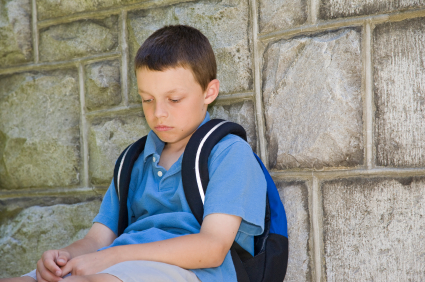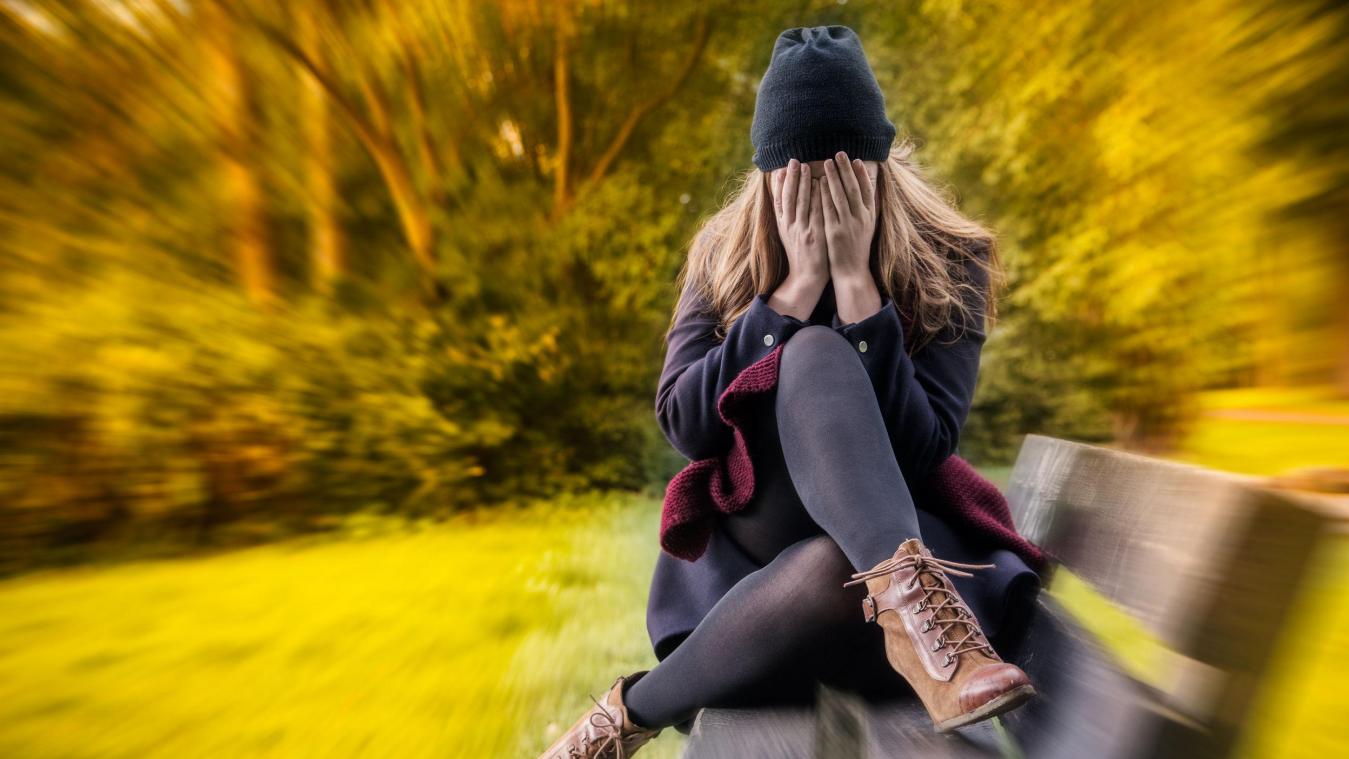
Up to a quarter of US kids may meet the criteria for a diagnosable anxiety disorder, according to new data from the National Institutes of Mental Health. Psychologist Lawrence J. Cohen, writing for Time.com, describes the situation:
Nowadays, there are still 10-20% with that reactive temperament, but the number of children with a diagnosable anxiety disorder has skyrocketed, up to 25% according to the National Institute of Mental Health. A report from the National Institutes of Health adds, “There is persuasive evidence from a range of studies that anxiety disorders are the most frequent mental disorders in children and adolescents….” These new numbers must be viewed skeptically, of course, because of the trend towards looser and broader definitions of mental illness. Many commentators have linked this trend to the influence of pharmaceutical companies on diagnosis and prescription patterns. Despite these caveats, however, I believe that childhood anxiety is indeed on the rise at every level, from fears of monsters under the bed to phobias and panic attacks to severe anxiety disorders. Last year I gave a lecture on childhood anxiety to parents at a public elementary school. I heard about children who couldn’t be in a different room from their parents, even to use the bathroom, children who were too afraid of the water to swim or even take a shower, and children who were too afraid of making a mistake to function well in the classroom.
Of course, these were parents who chose to attend a lecture on childhood anxiety, but many teachers have told me that they now have a number of highly anxious children in every class. What struck me most in this group was that none of these children was in therapy, and none had received an “official” diagnosis of an anxiety disorder (though I did give out a few business cards).





